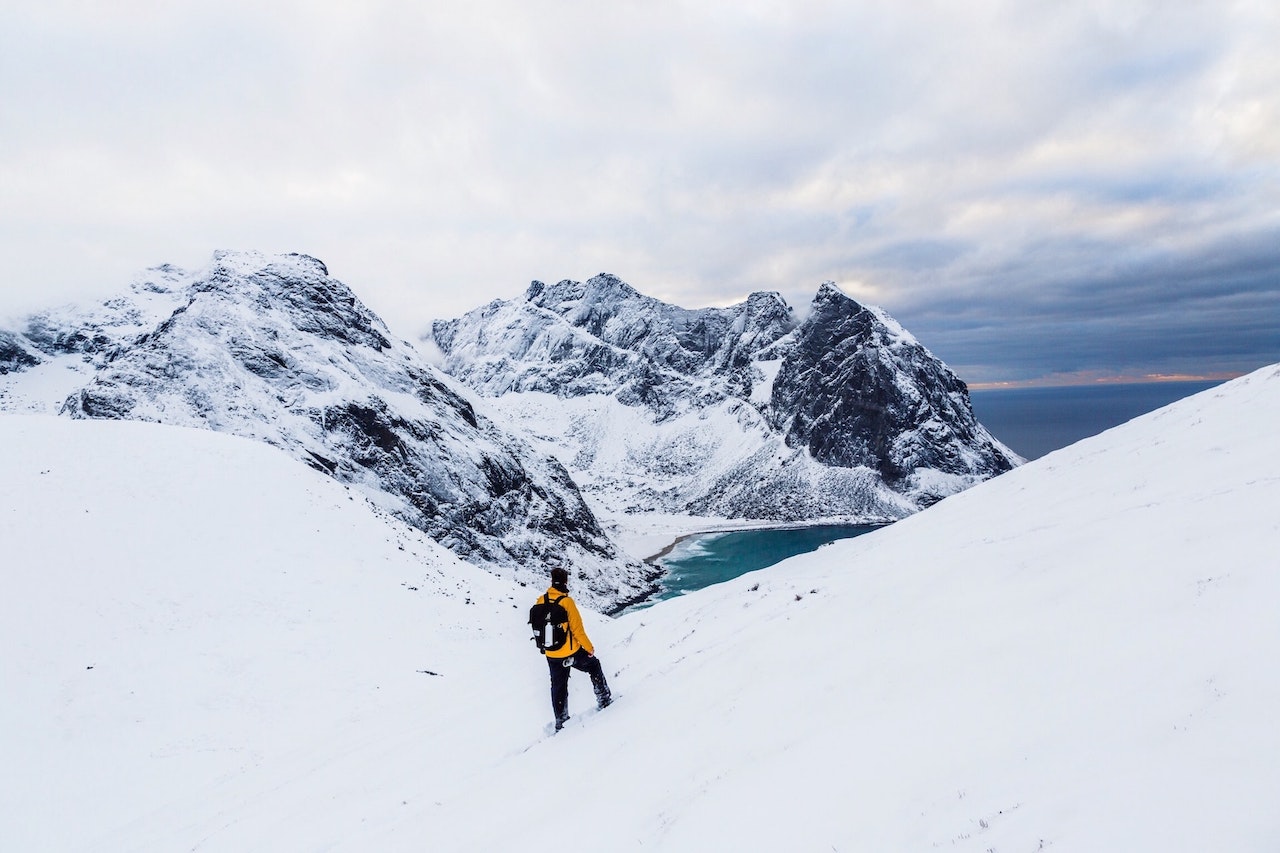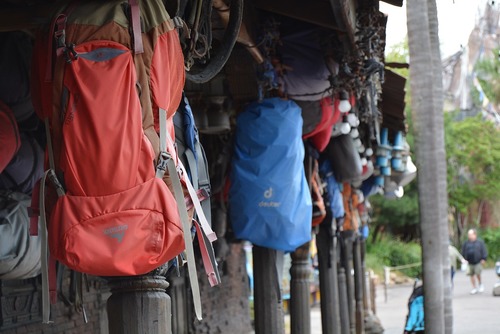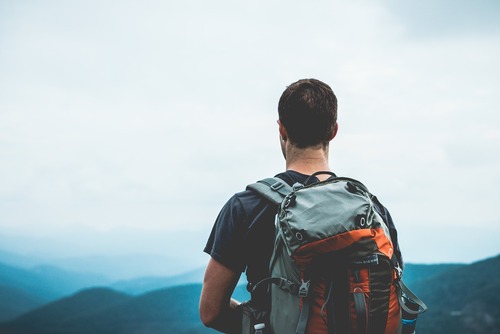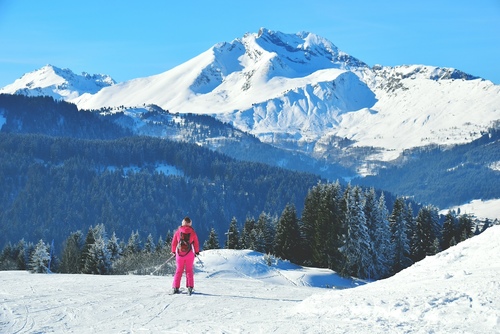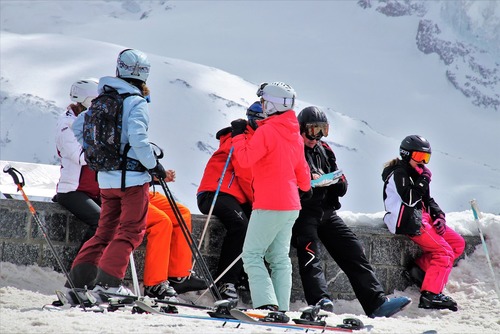Hikes are a fantastic way to spend time with loved ones, get some exercise, boost your mental health, and keep fit through a season of overindulgence.
Getting outdoors can even help you to keep your energy bills down at home. But when you hike in winter, you do need to give more thought to how you dress, and what you take with you. The right clothes and accessories can help to keep you warm and safe, protecting you from cold weather, but also slips and falls on icy ground.
If you are looking forward to a warm, and safe, winter hike, here’s a look at everything that you need.Â
Â
1. Thin Base Layers
Base layers are essential when it’s cold outdoors. Adding a long sleeve t-shirt, and even an extra pair of leggings will help you to stay warm in very cold weather. But these layers need to be thin enough that you can add layers over the top and stay comfortable as you move around. Anything too thick and heavy will restrict your movements and could get very heavy and uncomfortable if you sweat.Â
Light but warm materials like merino wool are the perfect choice for your base layers. Make sure they fit well and close to your body to trap heat and give you room to layer over the top.
Â
2. A Soft Fleece
You can add a t-shirt over your base layer easily, and then you’ll need a jumper. Fleeces make a fantastic choice because they are soft and warm, without being heavy or too thick. When choosing a fleece, try it on with your base layers and coat, to make sure you can still move around easily and stretch your arms out without feeling restricted.Â
Â
3. Waterproof Leggings
Walking trousers are great. But many people prefer the stretch of leggings. They make climbing up rocks and scrambling tough sections of your hike much easier, and their skin-tight fit can help to keep you warm.Â
However, in rain, leggings can get very wet and rub the skin on your legs. They can also take a long time to dry. Waterproof leggings in a thicker, soft-shell material can be preferable to your usual activewear leggings in the wintertime, and men can still add shorts over the top if they prefer.Â
Â
4. Over Trousers
If you don’t like the idea of waterproof leggings, or just want to be able to pack a waterproof layer, thin, waterproof over-trousers make a great addition to your winter hiking pack. Just make sure you get a pair that you can fold up small, with adjustable cuffs or bottoms, so that you can slide them on over your boots quickly while you are on the trail.Â
Â
5. A Padded Coat
In winter, whether you're hiking or off to the shops, quality outdoor clothing is essential. A high-quality option a Moncler puffer jacket can help you to keep warm while looking and feeling good. For hiking, try to find something that’s fairly lightweight, perhaps down-filled, so that you can move easily, and roll it up into your bag if the weather changes or you get too warm. A good hiking jacket should have a hood, and several pockets to keep things like your phone or a snack close at hand.Â
Â
6. A Waterproof Top Layer
If your jacket isn’t fully waterproof, or you want the option of wearing a lighter coat on brighter days, a waterproof, lightweight jacket that you can roll up in your bag is a must.Â
Â
7. Winter Hiking Socks
Winter hiking socks, much like base layers, are warm and comfortable, without being so thick that they make your boots uncomfortable. Winter socks can help to keep your feet dry, by wicking moisture and preventing blisters.Â
Â
8. Sturdy Boots
If you’ve had your boots for a while, check the grip before heading out on a winter walk. Terrain can be more dangerous, and you might have to contend with mud, ice, and cold water. Good, well-cared-for boots are a must.Â
Â
9. Waterproof Gloves
Warm gloves are a must, but in a shower, fabrics like cotton or wool can get very wet and make your hands much colder. Make sure you’ve got waterproof gloves with good grip so that you can use your hands for climbing and support without their getting cold and wet.Â
Â
10. Sunglasses
The sun can be very bright in winter, especially if you are hiking up tall peaks. Make sure you’ve got some sunglasses to offer you protection.Â
Hiking in winter can be incredible. Just make sure you check the weather forecast, so that you know what to expect, but that you always pack an extra layer and waterproofs, just in case. Being prepared for any weather situation is the best way to enjoy a warm and safe winter walk.

